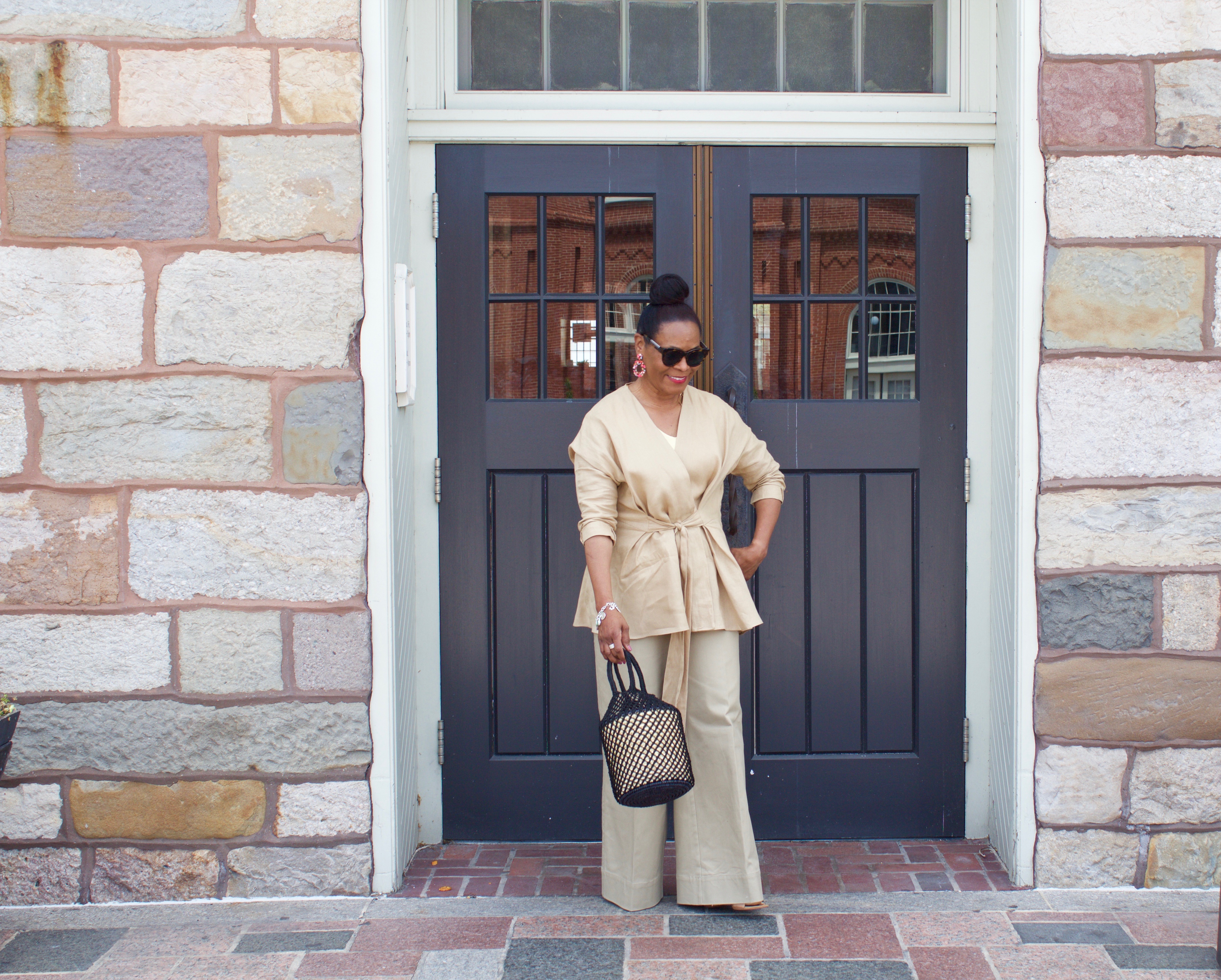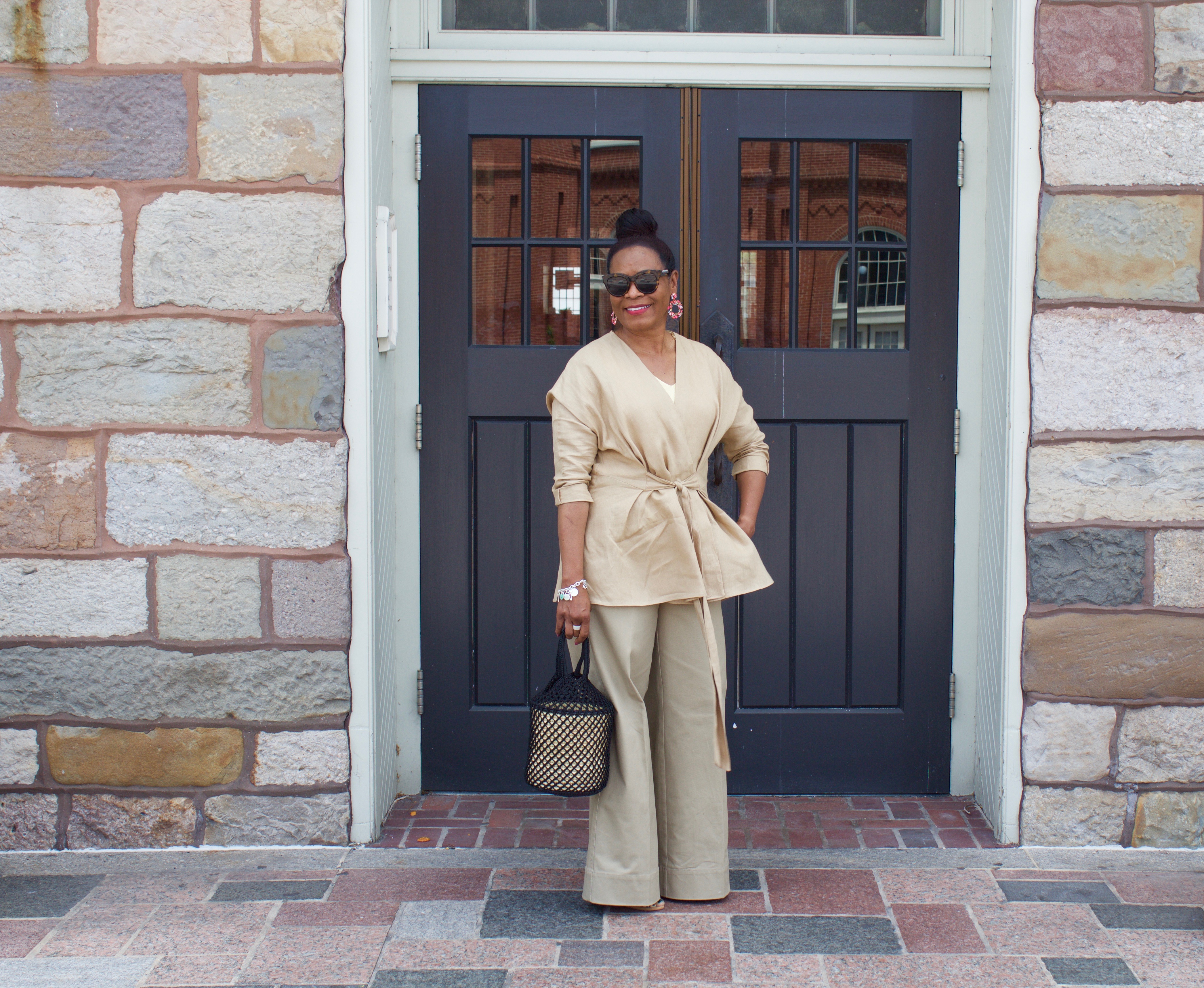Hello, Beauties🌸 Today’s post, I’m remembering Costume Designer Walter Plunkett.
One of the ways I like to relax on a rainy day is to watch the Turner Classic Movie Network. Here, I indulge in Hollywood’s Golden Age of visual style in black-and-white filmmaking. I viewed this time as a historical period when storytelling and performances were considered art.
And more importantly, some of the most successful Hollywood costume designers emerged during this time. I hope you remember my post on the quintessential costume designer, Edith Head, who won eight Academy Awards.
So, last Sunday afternoon, I returned to watch the 1933 film Morning Glory with Katherine Hepburn. Hepburn won her first Academy Award for Best Actress for this movie. My lasting impressions are not about Ms. Hepburn’s fantasy role of becoming a New York Broadway star but about the dreamy costumes by Walter Plunkett.
I use the free IMDB (Internet Movie Data Base) app when viewing any classic movie. Here, I get to look up and educate myself about unfamiliar names in fashion under the costume/wardrobe credit. Do you remember Hattie Carnegie? I became familiar with the name when watching the 1964 comedy-drama flick The World of Henry Orient.
Walter Plunkett (June 5, 1902 – March 8, 1982) is a classic Hollywood costume designer. Why? He was a secret weapon by RKO Studios (an American film production and distribution company). Mr. Plunkett began his career in law and then became an aspiring actor. Finally, he became a costume designer in 1926 when he accepted a position at RKO Studios.

According to online sources, Walter lacked the knack of high couture. He could not compete in the world of super-rich chic with Paris-trained Adrian or Travis Banton. Instead, Plunkett excelled in designing glorious garments from researched fashion, similar to costume designer Ruth E. Carter’s investigative work on the movie Black Panther.


Plunkett went to Atlanta to meet Margaret Mitchell. The GWTW author gave him several books for research and introduced him to fellow Atlanta ladies in possession of clothing from the 1860s to the 1970s. While in ATL, he embarked on a tour of museums of the South to gather more research and fabric samples, with stops in Charleston, Savannah, New Orleans, and the Smithsonian Institute.

In his best-known work, Gone With The Wind, Plunkett created more than 5,000 separate items of clothing for more than fifty critical characters. The cost for the wardrobe items was $153 $ $818, and the laundry bill was $10,000.

Walter Plunkett, nominated for the Academy Award ten times, was recognized in 1951 for An American in Paris. He shared the award with fellow costume designers Orry-Kelly and “Irene” Sharaff.



Walter worked on over 150 projects throughout his career in the Hollywood film industry. His Most Notable Films: Little Women (1933) Alice Adams (1935), A Woman Rebel (1936), Gone With The Wind (1939), That Forsyte Woman (1949), Summer Stock (1950), An American in Paris (1950), Showboat (1951), Singin’ In The Rain (1952), and Raintree County (1957.)

Plunkett retired in 1966 after working in films, on Broadway, and for the Metropolitan Opera. He spent the last years of his life with his partner, Lee. Walter died in 1982, leaving Lee his estate.
How about you? Do you share my fascination with how a movie character is costumed? If yes, do you have a favorite costume designer? Please share in the comments section.
As always, thank you for reading. Have a fabulous week.








